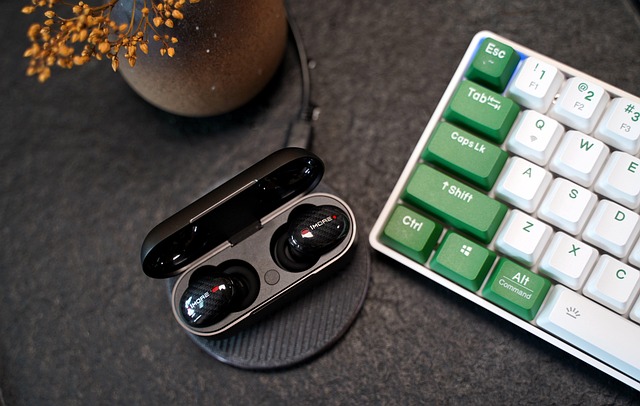Creating the perfect audio experience in your home cinema room is a pursuit that combines passion, creativity, and a bit of technical know-how. One of the essential skills every aspiring audio engineer or cinema enthusiast should master is gain reduction. This powerful technique is vital for achieving a balanced mix in audio, ensuring that every sound element in your film or music project is heard clearly and cohesively.
Gain reduction refers to the process of controlling the dynamic range of audio signals. This is crucial, especially in a home cinema setup, where you want to ensure that dialogue, sound effects, and music coexist beautifully without any one element overwhelming the others. Imagine watching an intense action movie where explosions are balanced perfectly with subtle dialogue; this seamless integration makes for a truly immersive experience.
In your home cinema, proper gain reduction techniques can help you achieve clarity and depth in audio. By using tools like compressors and limiters, you can manage peaks and valleys in sound levels, giving life to each element in your mix. Pay attention to the characteristics of your speakers and the acoustics of your room. Every cinema room has unique qualities that can affect audio output; understanding these can help you decide how much gain reduction to apply.
Let’s discuss some effective gain reduction techniques that can elevate your mixing proficiency. Start with a compressor. A good compressor can keep your audio levels in check, making loud sounds softer and raising quieter sounds. This way, the audience does not have to constantly adjust the volume, which could detract from their experience. Additionally, consider using a multiband compressor for more precise control, allowing you to tailor gain reduction for specific frequency ranges. This approach is especially useful when mixing films, where dialogues can often get lost amidst a cacophony of sound effects.
Next is the art of setting the right thresholds and ratios. A threshold that is too high might not affect the audio effectively, while a low threshold could lead to an overly compressed sound, robbing your mix of dynamics. Experiment with ratios to find the sweet spot where each audio element shines through without one overpowering another.
Moreover, don’t overlook the importance of meters in your gain reduction process. Visual aids can guide you as you mix, allowing you to see how changes affect levels in real time. Use these tools to stay informed about your audio landscape, ensuring that your home cinema room delivers an unforgettable cinematic experience.
As you delve deeper into mixing, remember to trust your ears. While technical aspects are vital, the emotional resonance of your audio is even more important. Gain reduction should enhance the story your audio tells, drawing listeners into the experience. In your home cinema, bringing together video and audio is crucial; every sound must complement what is seen on screen.
In summary, mastering gain reduction in your home cinema room is about much more than just lowering sound levels; it’s an art that requires practice, patience, and a keen ear. By implementing these techniques, you can craft a space where audio and visual elements coexist harmoniously, ensuring viewers are captivated from the opening credits to the final scene. Take the time to explore and refine your skills, and watch your home cinema experience transform into something truly cinematic.



